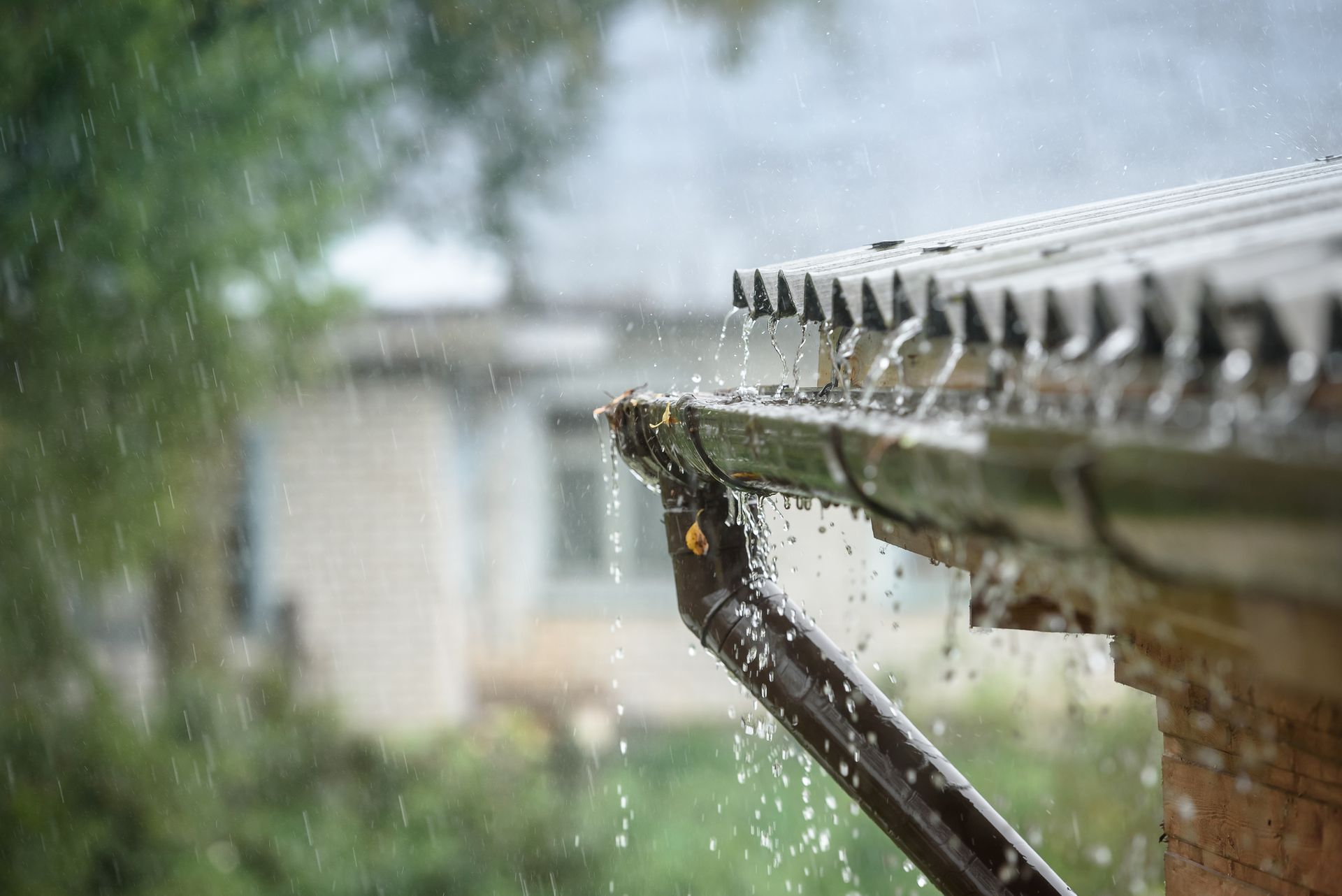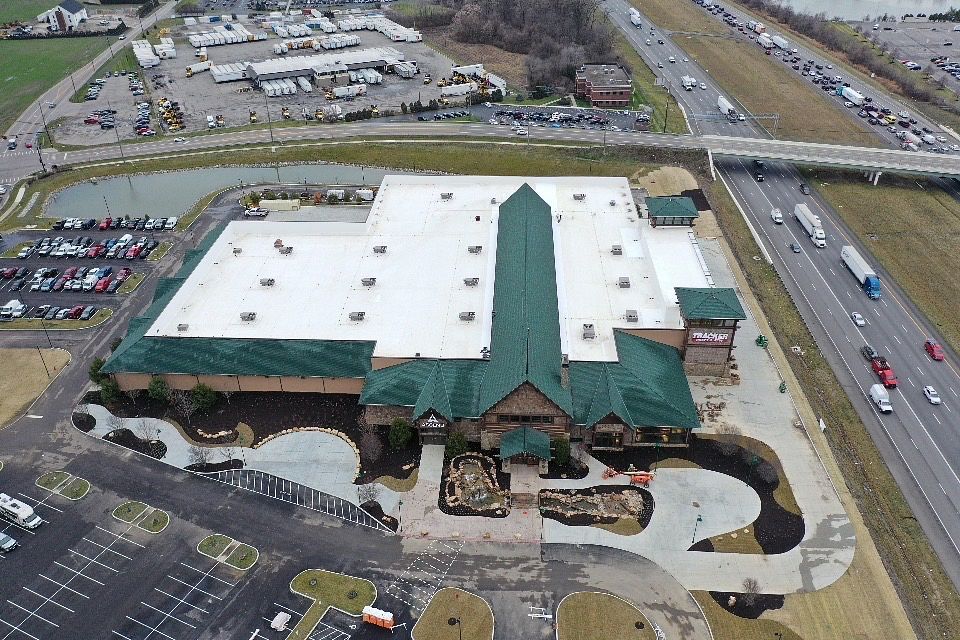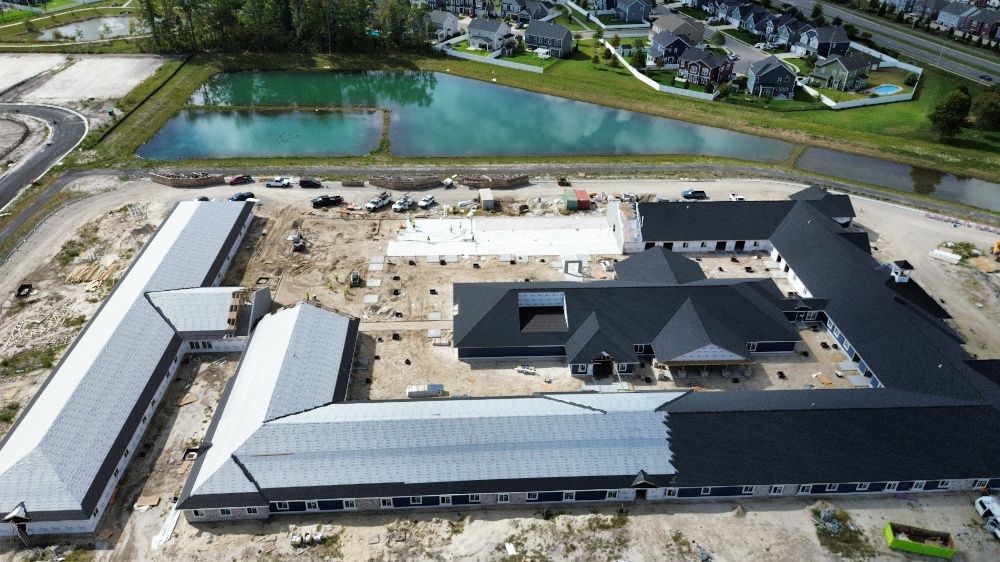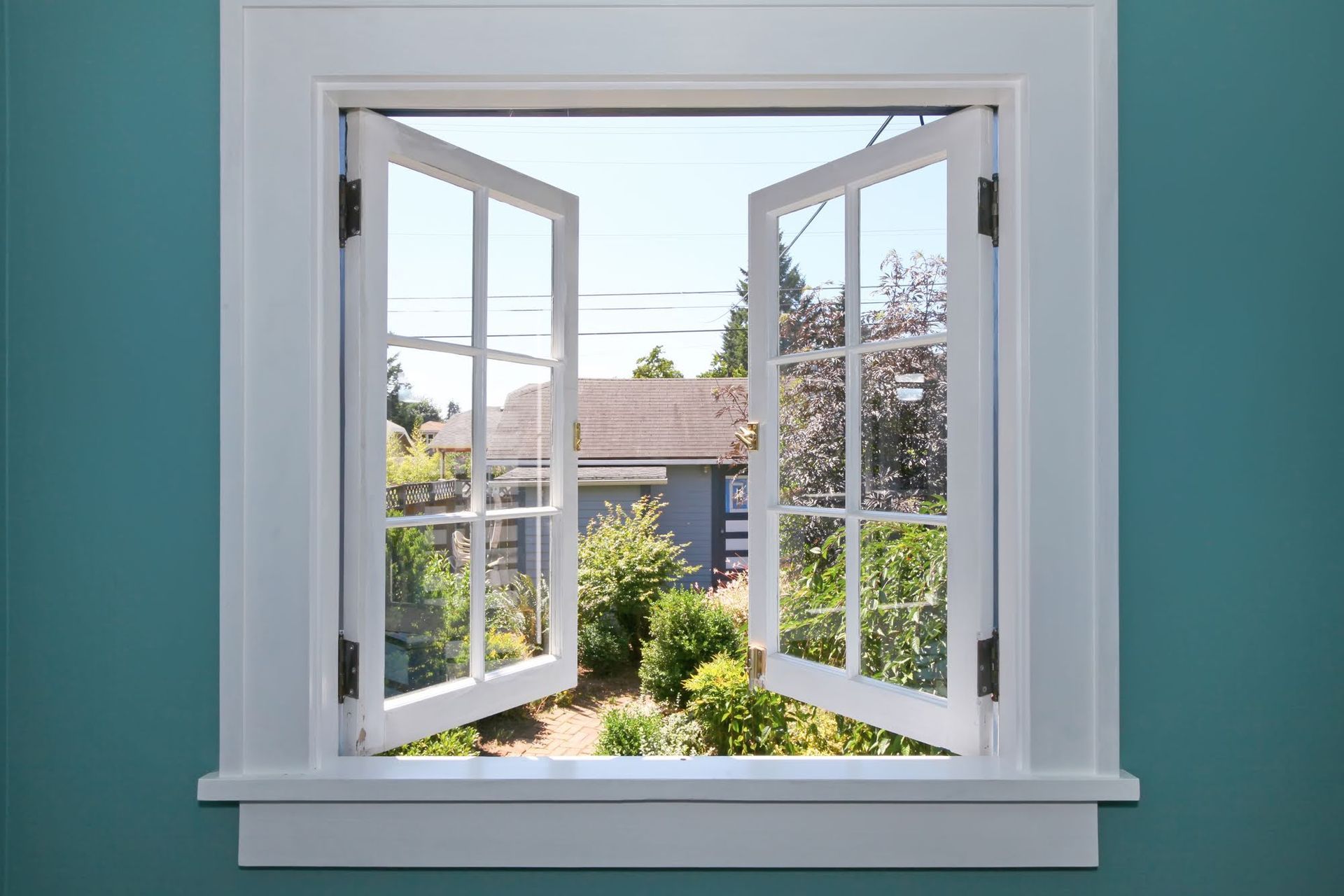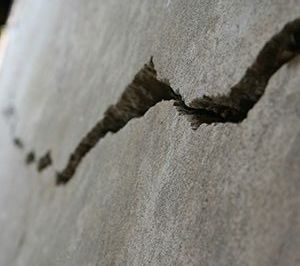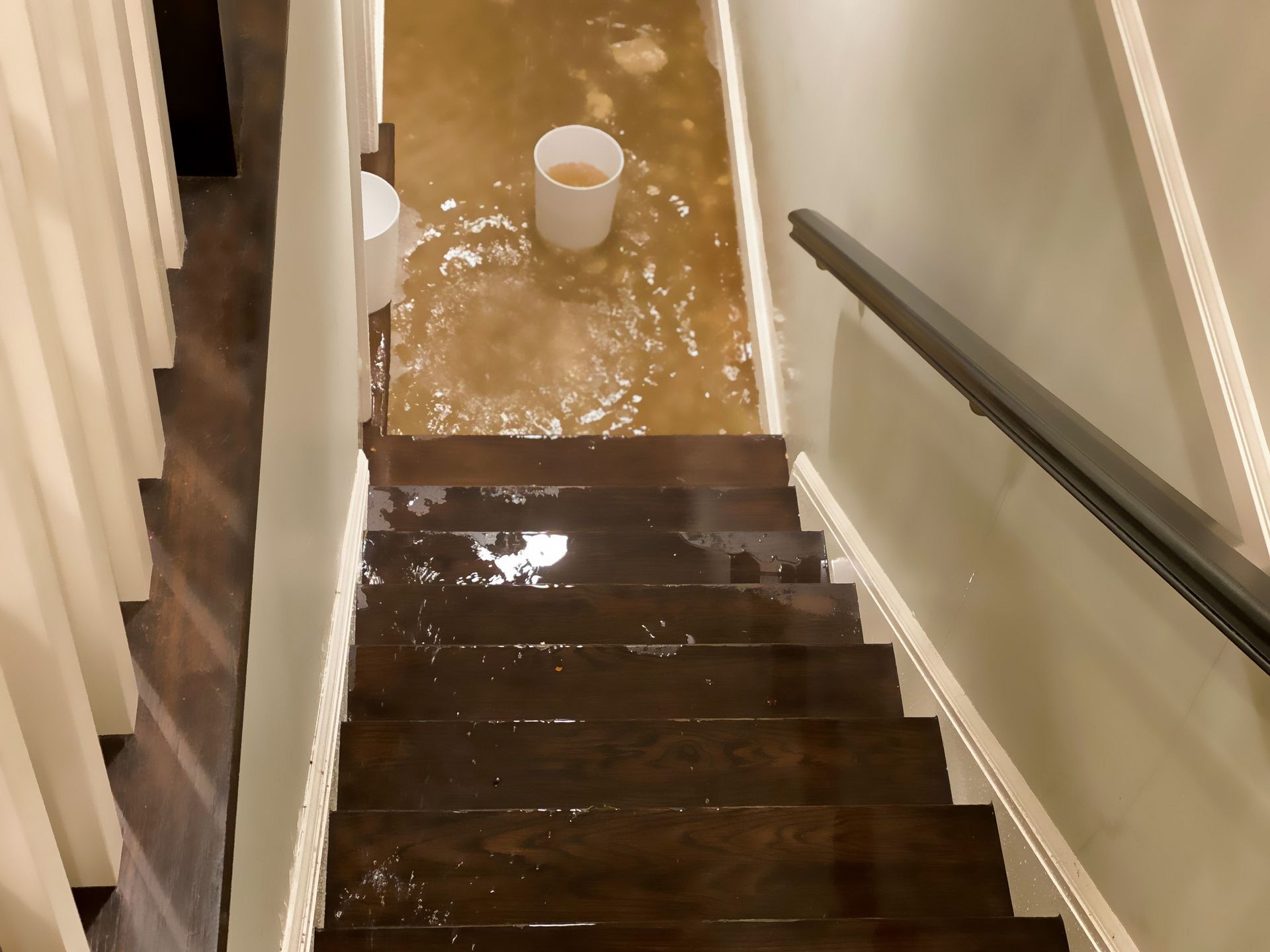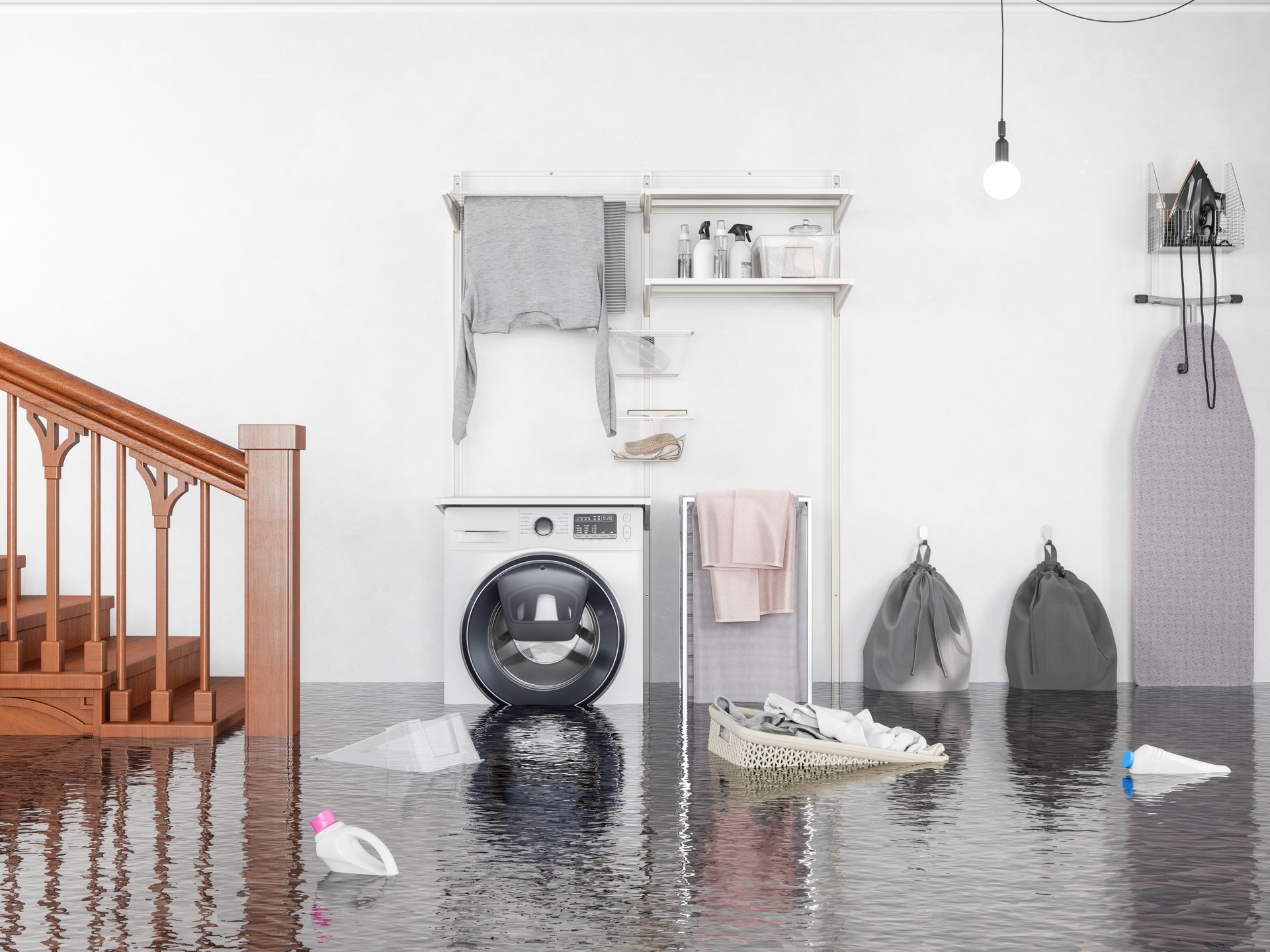As the snow melts and the flowers bloom, many homeowners brace themselves for an annual headache: spring flooding in the basement. This recurring nuisance can wreak havoc on property and finances, leaving homeowners frustrated and puzzled. Here are the main reasons why basements flood in the spring and explore effective strategies to combat this seasonal challenge. Let’s look at how A&M can help keep your basement dry.
- Snowmelt Runoff: Spring brings warmer temperatures, causing accumulated snow to melt rapidly. As the frozen landscape thaws, vast volumes of water seep into the ground, saturating the soil. This excess water exerts pressure against basement walls and foundations, often leading to leaks and seepage.
- Poor Drainage Systems: Inadequate drainage systems exacerbate the problem of spring flooding. Clogged gutters, improper grading around the house, and malfunctioning downspouts can divert water towards the foundation, increasing the risk of basement inundation. Additionally, aging or damaged sump pumps may fail to adequately remove water from the basement, leaving it vulnerable to flooding.
- Hydrostatic Pressure: Hydrostatic pressure, resulting from the accumulation of groundwater around the foundation, poses a significant threat to basement integrity. During the spring thaw, the soil becomes oversaturated, causing hydrostatic pressure to build up against basement walls. Over time, this relentless force can compromise structural stability, leading to cracks and water infiltration.
- Foundation Cracks and Leaks: Over time, foundations may develop cracks due to soil settlement, thermal expansion, or structural stress. These fissures provide a convenient pathway for water to infiltrate the basement, especially during periods of heightened groundwater levels in the spring. Additionally, poorly sealed windows and doors can contribute to water intrusion, exacerbating the flooding problem.
- High Water Table: In regions with a high water table, the natural groundwater level may rise significantly during the spring months. This upward movement of groundwater can put immense pressure on basement walls, leading to seepage and flooding. Homes situated in low-lying areas or near bodies of water are particularly susceptible to this phenomenon.
Solutions:
- Ensure Proper Drainage: Regularly clean gutters and downspouts to prevent clogging, and ensure that they direct water away from the foundation. Consider installing French drains or landscaping features to channel surface water away from the house.
- Inspect and Seal Foundation: Periodically inspect the foundation for cracks and leaks, sealing any vulnerabilities with appropriate waterproofing materials. Addressing foundation issues promptly can prevent water intrusion and mitigate the risk of flooding.
- Upgrade Sump Pump: If your sump pump is outdated or unreliable, consider upgrading to a more robust model with battery backup capabilities. Test the pump regularly to ensure it is functioning correctly and capable of handling excess water during spring floods.
- Improve Grading: Maintain proper grading around the house to promote drainage away from the foundation. Ensure that the soil slopes away from the building to prevent water from pooling around the basement walls.
- Consider Interior Waterproofing:
Interior waterproofing measures, such as installing a perimeter drainage system or applying waterproof coatings to basement walls, can provide an additional layer of protection against spring flooding.
Understanding the factors contributing to spring flooding in your basement is the first step towards implementing effective solutions. The first step to addressing issues such as poor drainage, foundation vulnerabilities, and hydrostatic pressure, is calling A&M Home Services for a free in-home consultation. With proactive maintenance and appropriate mitigation measures, you can enjoy a dry and resilient basement throughout the spring months and beyond. Contact us today.



